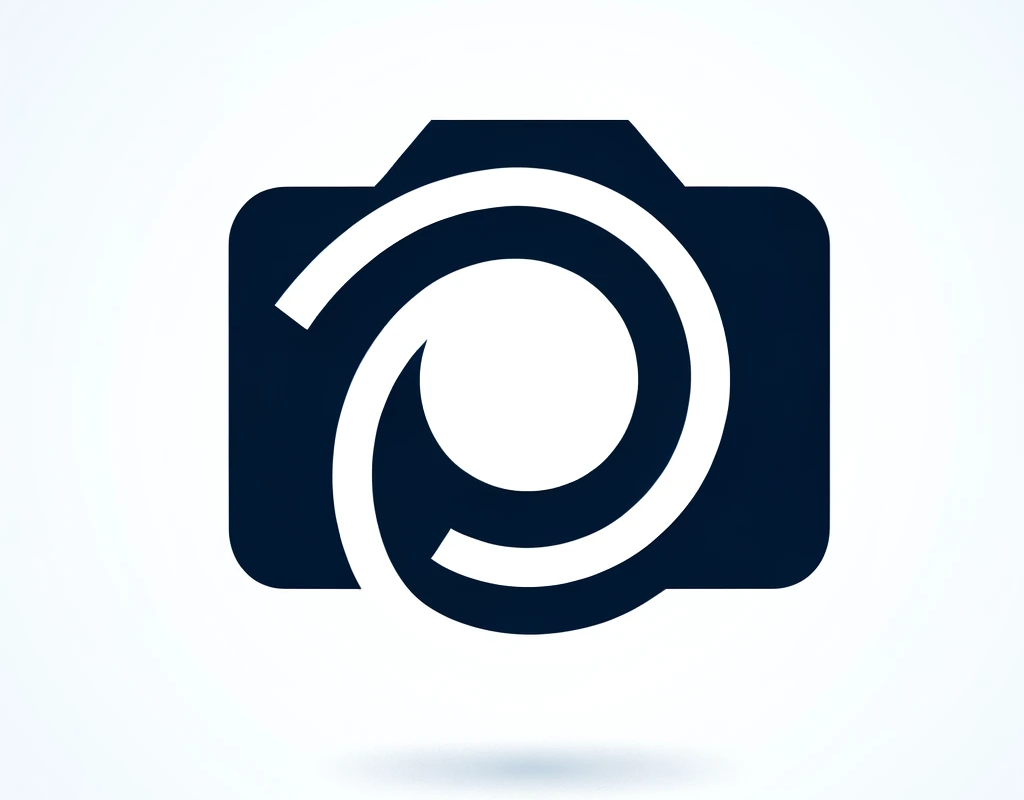Introduction: Through the Looking Glass of Your Camera
Ah, the viewfinder! That little window into the world of photography where magic happens. It's more than just a peephole—it's your ticket to capturing moments that last a lifetime. But what's going on inside this mystical box? Let's dive in and discover the secrets of your camera's viewfinder. And who knows, maybe we'll find a little bit of photography wizardry along the way!
1. The Viewfinder: Your Personal Photography Screen
Picture this: You're about to snap the perfect shot. You bring the camera up, your eye meets the viewfinder, and suddenly you're not just looking at your subject; you're seeing how your camera sees it. This is the beauty of a viewfinder. It's like your camera’s personal cinema screen, showing you a live preview of your photographic masterpiece.
2. Optical vs. Electronic: The Great Viewfinder Showdown
There are two main types of viewfinders: optical and electronic. Optical viewfinders (OVFs) are like a mini periscope. They use mirrors and prisms to direct the image from the lens to your eye. It's old-school, but it's real-time and battery-friendly.
On the flip side, electronic viewfinders (EVFs) are like having a tiny TV in your camera. They display a digital image from the sensor. It's like playing a video game where you control the scene. The cool part? EVFs can show you more information and let you preview your exposure settings live. It's a bit like having a crystal ball for your photos.
3. The Grid: Your Secret Guide to Composing Shots
Inside the viewfinder, you'll often find a grid. Think of it as your photographic GPS. It helps you align, compose, and balance your shots. The grid is like the training wheels of photography; it guides you but doesn't constrain your creativity. Remember the rule of thirds? The grid's there to help you nail it every time.
4. Focusing Points: The Sharp Shooters of the Viewfinder World
Focus points in your viewfinder are like the eyes of a hawk—they help you zero in on your subject with laser precision. These little dots or squares light up to tell you what's in focus. It's like having a mini-assistant inside your camera, whispering, "Hey, this part's going to be super sharp!"
5. Exposure Information: The Viewfinder's Dashboard
Along the bottom or side of the viewfinder, you'll find exposure information. It's like the dashboard of your car, but for photography. It tells you about your shutter speed, aperture, and ISO. It's crucial for making sure your photo won't turn out like a vampire in sunlight (too bright) or a scene from a horror movie (too dark).
Conclusion: Your Viewfinder, Your Photographic Playground
The viewfinder is more than just a tool; it's a portal to your photographic journey. Whether you're a seasoned pro or a budding photographer, understanding your viewfinder is key to mastering the art of photography. So next time you peer through that magical window, remember, it's not just showing you a scene—it's showing you endless possibilities.











